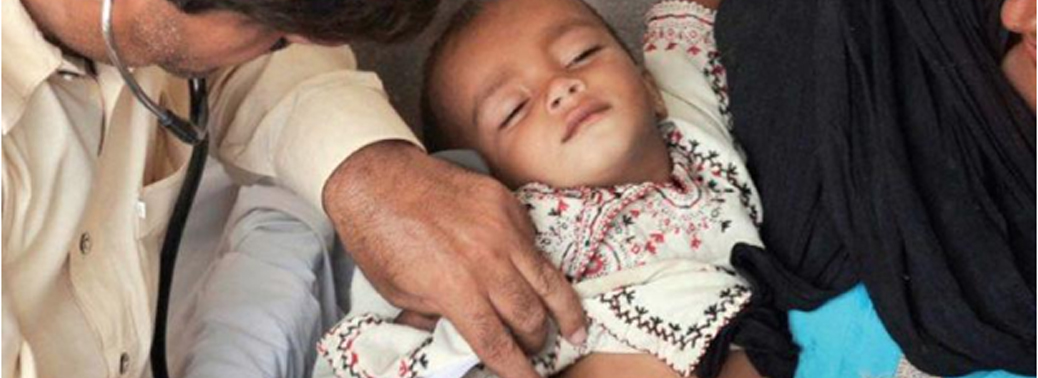PNEUMONIA AND DIARRHOEA IN INDIA
13, Nov 2019

Prelims level : Medicine and Pharmaceuticals
Mains level : GS-II Issues relating to development and management of Social Sector or Services relating to Health, Education, and Human Resources.
Why in News?
- The International Vaccine Access Center (IVAC) has recently released ‘The 10th Pneumonia and Diarrhoea Progress Report’ at the Johns Hopkins Bloomberg School of Public Health.
About the report:
- The report was the 10th edition and was released ahead of the 11th annual World Pneumonia Day — observed on November 12.
- This report analyses how effectively countries are delivering 10 key interventions, including breastfeeding, vaccination, access to care, use of antibiotics, ORS, and zinc supplementation.
- It measures the countries via the Global Action Plan for the Prevention of Pneumonia and Diarrhoea (GAPPD) score.
- The IVAC report does not reflect on the pneumonia vaccine introduced by India in 2017 under the universal immunisation programme.
Highlights of the Report:
- The 10th pneumonia and diarrhoea progress report card has found that health systems are falling short of ensuring the world’s most vulnerable children access to prevention and treatment services in the 23 countries that together account for 75% of global pneumonia and diarrhoea deaths in children under five.
- India, which is home to a large population of under five children, accounts for a major portion of these deaths.
- Rollout of rotavirus vaccines, beginning in 2016 and the pneumococcal conjugate vaccine, beginning in 2017, helped to improve India’s scores.
- India’s exclusive breastfeeding rate, at 55%, is among the highest of the 23 countries.
- However, the proportion of children receiving important treatments, as with many other countries, remains below targets.
- Half of the children with diarrhoea receive ORS (oral rehydration solution) and 20% receive zinc supplementation — to help protect against, prevent and treat pneumonia and diarrhoea”.
- Additional reports from organisations like Save the Children and UNICEF have noted that, in 2017, the highest risk factors for child pneumonia death in India were: 53% caused by child wasting, 27% by outdoor air pollution, and 22% caused by indoor air pollution from solid fuels.

Implications of the Report:
- Globally, pneumonia and diarrhoea led to nearly one of every four deaths in children under five years of age in 2017.
- The global community must increase investment and support countries in developing smart, sustainable strategies that close gaps and accelerate progress.
- The report also stated that newer vaccines which were not yet reaching most children in these 23 countries should also be resolved.






